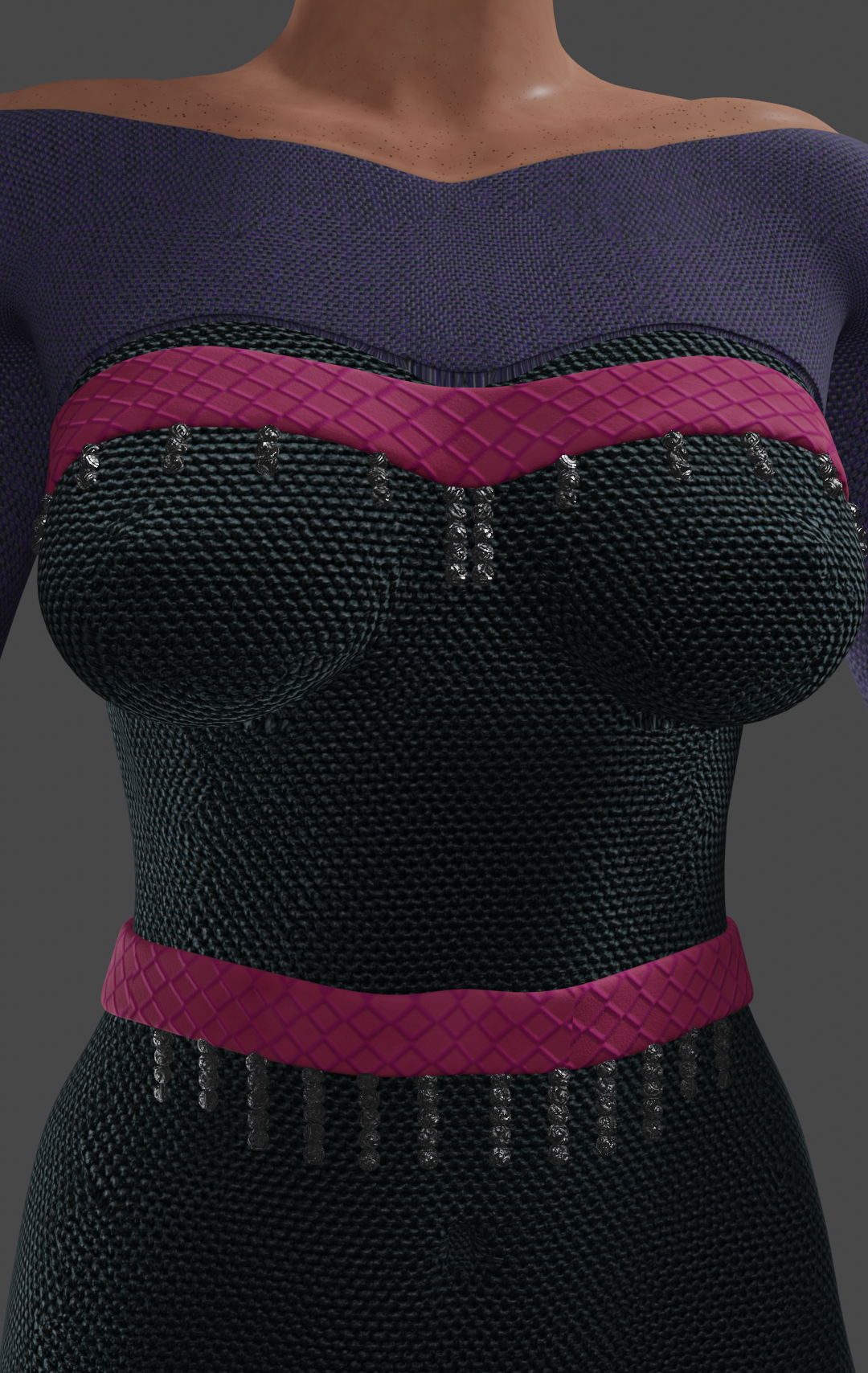Assignment
For my second assignment, I had to find an interesting existing Alt+Ctrl Interface and afterwards come up with a concept for an Alt+Ctrl Interface of my own.
Assignment #1
I decided to pick Kobakant’s project, where the Alt+Ctrl interface explores the disconnect caused by videogaming and attempts to bridge the gap between the human desire for interaction and the human desire for entertainment (in this case the video games). Mika Satomi and Hannah Perner Wilson decided to make a game controller in form of jacket, allowing players to give massage to others by pressing the buttons of the controller, embedded at the back of a neoprene jacket. By pressing the buttons of the jacket, the user not only plays a video game, but simultaneously offers physical comfort to someone seeking human contact.
Images of the Massage me project
The image shows a sketch of the buttons on the jacket; the positioning is inspired by muscles in anatomical drawings on the back. The player has the possibility of making more various movements at different parts of the back with their fingers, as all the buttons repeat throughout the interface.
The controllers buttons work with conductive fabric. Each button has two patches of conductive fabric, with a perforated foam inbetween. When pressing a button, the two patches of fabric touch and consequently, the switch is closed.
There is a Instructables page that explains the whole process: https://www.instructables.com/Massage-me-Jacket/
Assignment #2: Blow a wish!
As a wind musician, I’ve always had the desire to create a human-computer interface that allows communication between humans and machines through the most natural process - breathing. In order to play efficiently, saxophonists have to often make breathing exercises, which enhance their ability to blow and play the instrument. As this form of breathing is easily detectable with the use of the right sensors, I’ve decided to make a Alt+Ctrl interface, where the user plays the game by blowing air.
 The picture is symbolic and represents respiratory sensors without considering various wires and connecting the sensors with an Arduino.
The picture is symbolic and represents respiratory sensors without considering various wires and connecting the sensors with an Arduino.
I imagined to use this interface with the game called Flappy bird. The bird would stay afloat and move on the Z axis based on how much the player blows. The interface is made of two stretch sensors (it could also be just one), with one stretching around the chest and the other stretching around the belly: one sensor is measuring eupnea breathing, the other one is measuring the diaphragmatic breathing. When a person inhales, the fabric stretches and consequently its resistance changes. The change in resistance is translated to change in voltage, which affects the Z position of the bird in the game. In this case, the stretch sensors are made out of conductive rubber.
Stretch sensor could be used aswell for tracking movement: for example, a stretch sensor could be used for detecting the movement of a finger, so consequently it could be used for tracking hand movement. As it doesn’t use any optical information, it has a lot of advantages, as it’s not dependant on the illumination or other visual interferances that could occur.
As each stretch sensor (in form of a wearable band) detects different forms of breathing (one detects the normal form of breathing and the other one detects the diaphragmatic breathing), this could be use as a helpful learning and practice tool for musicians to monitor their breathing techniques. Musicians are often required to use diaphragmatic breathing to sing or play the instrument efficiently. This could be extended to an interactive game, where the player would be rewarded when correctly breathing. As there are many existent practices that wind musicians have to repeat every day, there could be many various short games with different objectives each. One example is a game where players navigate a sailboat through various obstacles in a virtual sea by controlling their breath. The gamification of the breathing exercises allows the players to concentrate on their breathing through simple visualisations and calming sceneries.






